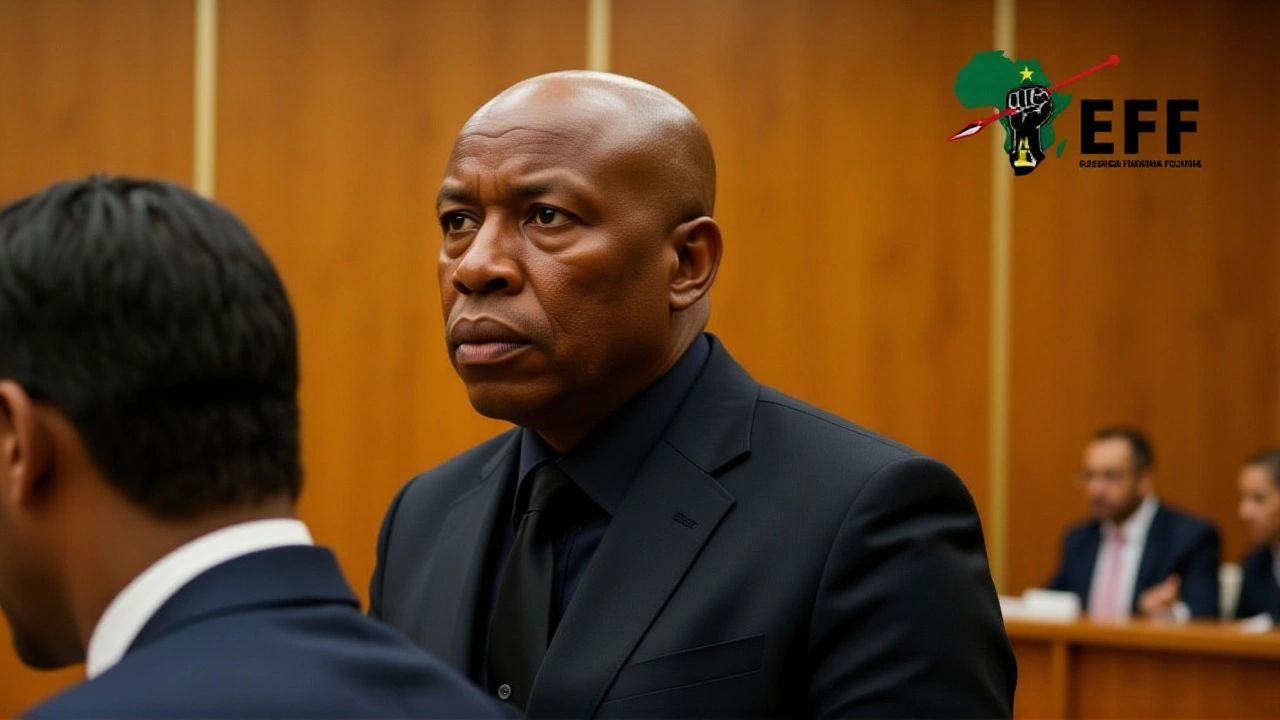Mdantsane – News, History, and Community Updates
When you hear about Mdantsane, a large township located on the outskirts of East London in the Eastern Cape province of South Africa, you’re looking at a place where residential life meets industrial activity. It’s also known as "Mdan". The same region includes Eastern Cape, a province with a mix of rural landscapes and growing urban centers, and it sits within South Africa, the nation’s southernmost country, famous for its cultural diversity and economic contrasts. Mdantsane encompasses residential neighborhoods, a bustling market, and a series of factories that together shape daily life.
Mdantsane requires steady infrastructure development, from reliable water supply to improved transport links. The township’s growth is driven by its status as a major industrial hub, which in turn influences job creation and community wellbeing. Likewise, the Eastern Cape influences Mdantsane’s economic outlook by providing provincial funding and policy direction. South Africa’s national strategies on housing and education also play a role, guiding local authorities on how to allocate resources.
Why Mdantsane Matters
Understanding Mdantsane means looking at its population density, which is among the highest in the country. High density creates both opportunity and pressure: it fuels small‑business activity, yet it strains public services like health clinics and schools. Recent reports from KwaZulu‑Natal police and the Madlanga Commission, though not directly about Mdantsane, echo broader concerns about governance and accountability that affect townships across South Africa, including Mdantsane. Land disputes, corruption allegations, and community policing efforts all intersect with the township’s day‑to‑day reality.
Community life thrives on local culture. Music, sport, and street art are everyday fixtures, and initiatives like youth football leagues keep kids off the streets while building talent. The township’s market, often called the “Mdan market,” sells everything from fresh produce to handmade crafts, acting as a barometer of economic health. When the market buzzes, it signals a level of disposable income and confidence among residents.
Education is another key pillar. Several primary and secondary schools serve thousands of learners, and recent partnerships with NGOs aim to improve learning outcomes. When schools succeed, graduation rates rise, feeding skilled workers back into local factories and small enterprises. The relationship between education and industry creates a feedback loop that can lift the entire community.
Health services face their own set of challenges. Clinics must handle high patient loads, and public health campaigns—especially around HIV/AIDS and tuberculosis—remain critical. The proximity to larger hospitals in East London provides a safety net, but transport barriers sometimes limit access. Community health workers bridge this gap by offering home‑based care and health education.
All these threads—economy, governance, culture, education, and health—intertwine to shape Mdantsane’s story. Below, you’ll find a curated selection of articles that dive deeper into each of these areas, from analysis of local politics to profiles of emerging talent. Use this collection as a roadmap to better understand the forces shaping one of South Africa’s most dynamic townships.
1
OctEFF chief Julius Malema convicted on five firearm offenses in East London
Julius Malema, EFF president, was convicted of five firearm offences after a 2018 rally in Mdantsane, sparking fresh debate on gun control and political security in South Africa.
READ MORE
